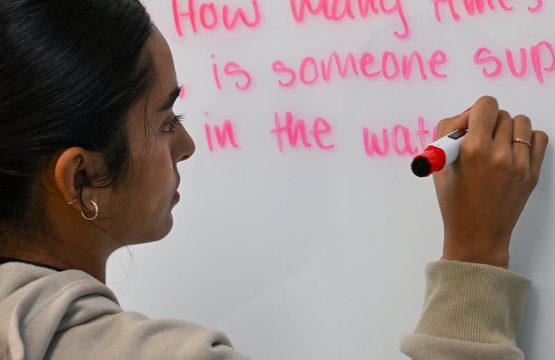City Planning for Biodiversity and Our Future
Overview
Challenge your students to take on the role of city planner by understanding the importance of biodiversity. Having many different species in an urban area is important—not just for those species, but for humans as well. Green spaces and natural areas where wildlife can thrive in a city environment have several benefits that can result in cleaner air, cleaner water and a greater well-being for all the organisms that live there. In this lesson, students will define biodiversity and brainstorm how cities can have an impact on the biodiversity in a particular area. They will then calculate a biodiversity index and discover why a high biodiversity index is important for an ecosystem. Finally, they will take on the role of city planners to create and present a unique model of a city that that is laid out in a manner that meets the needs of people and encourages biodiversity in each of the required zoning areas—residential, commercial and industrial.
21st CENTURY SKILLS
Collaboration
Communication
Creativity
Critical Thinking
DESIGN PRINCIPLES
Defining the Problem
Designing Solutions
Creating or Prototyping
Refining or Improving
Communicating Results
Objectives
- Define biodiversity and examine how a city can affect biodiversity
- Calculate a biodiversity index using data
- Design and create a model of a city that includes elements that encourage biodiversity
Suggested Time
120-150 Minutes (2-3 class sessions)
